It's time for our first photography exhibition for this year at il-Kamra ta' Fuq and we are very excited to have a very young artist who doesn't need much of an introduction, Sasha Vella. Many will surely know her for her journalistic skills and now even as a podcast host, but get ready to be blown away by her artistic skills in photography. She has taken part in a few collective exhibitions in the past year, and now it's time for her debut solo show, and lucky us, we get to be part of this adventure!
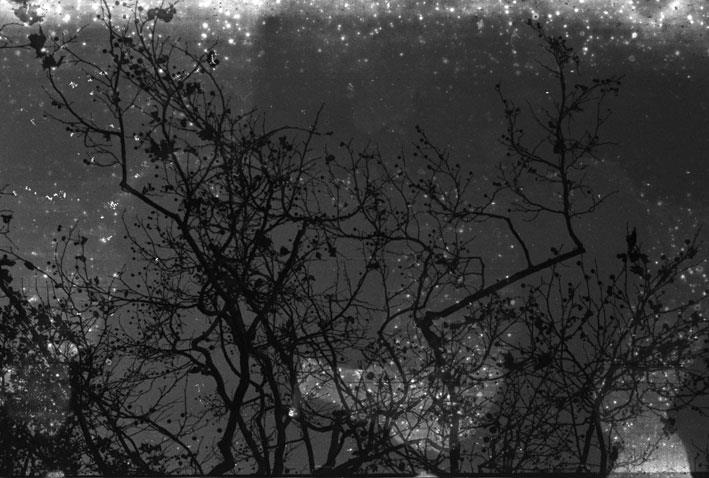
It all started over a year ago when Sasha was visiting one of our exhibitions and she started showing me some of her works when I immediately fell in love with some of the pieces which form part of the body of works being exhibited - a series of works shot on 35mm expired film!
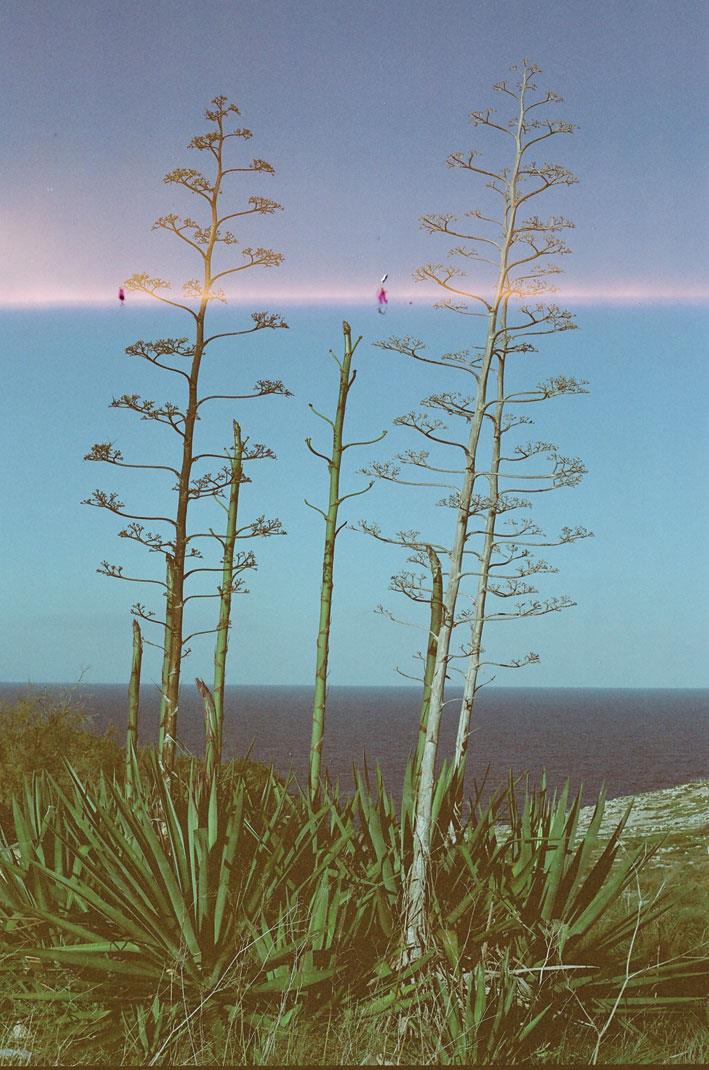
The use of expired film produces beautiful images which however has another intriguing and exciting aspect, that is, the element of chance, as the medium is practically taking over the final aesthetic result. Films start decaying past their expiration date, however, every film starts decomposing in different ways and each photo carries a unique "imprint" from its originating film. We are so used to taking many photos with our phones or digital cameras, with the luxury of seeing the result instantly there and then. However, in this case, one must wait for the actual photos to be developed and hopefully feast on the adroitly decaying patterns which emerge on each photo.

All this leads us to the world of Wabi Sabi, for which I have a tremendous soft spot. Needless to say, I was head over heels when Sasha brought up this idea for the theme. Wabi Sabi - a Japanese school of thought, which has long been associated with the Tea Ceremony - can be summed up as a concept that embraces beauty in imperfection, the ephemeral, the incomplete, the modest, the humble and the unconventional - all aspects that are present in these works. Quoting from one of my favorite books Wabi Sabi for Artists, Designers, Poets & Philosophers by Leonard Koren, "the Wabi-Sabi state of mind and sense of materiality both derive from the atmosphere of desolation and melancholy and the expression of minimalism in the 9th and 10th century Chinese poetry and monochromatic ink painting. By the late 16th century, however, these separate elements of wabi sabi had coalesced into an identifiably Japanese synthesis. Although wabi sabi quickly permeated almost every aspect of sophisticated Japanese culture and taste, it reached its most comprehensive realization within the context of the tea ceremony".

Back to our exhibition, Sasha is exhibiting a selection of works from the last four years, photographs captured on different expired films. Some of the photos were shot on 35mm film which expired over 40 years ago. It was really interesting while we were selecting the photos, we could tell which photos came from the same film, thanks to the decay and "damage pattern" aspect experienced by each photo. In her non-conventional process-based approach, Sasha typically seeks to document natural elements that bear witness to the passage of time through erosion, decay and change. This includes mountains, rocks and humans, dealing with matter that relates to the threat of ceasing to exist.

As always, I have a couple of favourite works and I will start with them, Damaged Tree I & II - two of the six works in black and white printed on fine art paper and mounted on Dibond. The film of these six photos expired back in the 80s and the result is otherworldly and mystical, especially in the damaged tree works. Damaged Tree I becomes almost a constellation when seen from afar - a sea of small dots of light which came to life through actual holes in the film. The composition of the same work brings to mind some of the works by Brassaï, specifically from the series of nighttime foggy streets capturing the haphazardness of faint car headlights and street lamps lost in thick fog. A feast for the eyes and the racing pulse...
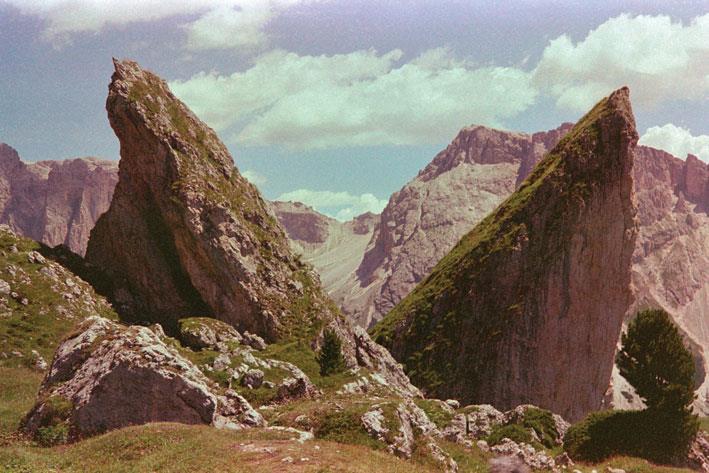
Another two works - Mgarr ix-Xini I & II - from these six, are showing a forlorn female figure amid the seascape of Mgarr ix-Xini. The first one shows the figure dominating the scene, almost reminiscent of a Birth of Venus, but a noir version and without the expected paraphernalia, a conqueror. The second artwork shows the same figure as one with nature floating in pristine waters, alone and unencumbered by any thoughts and sorrows.
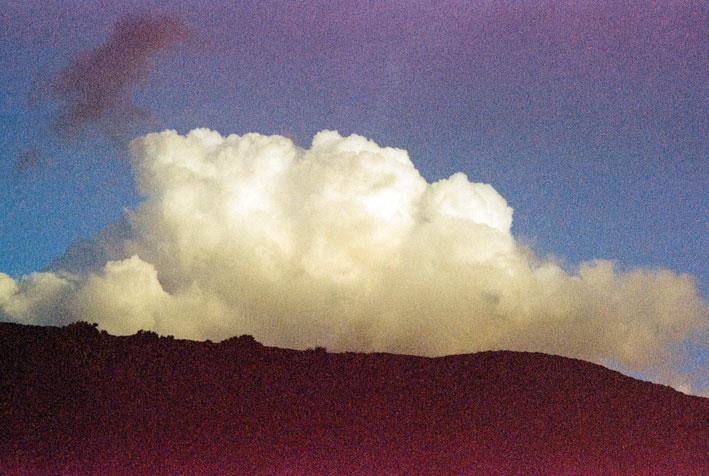
Sasha decided to name most of her works with the name of the place shown in each photo. The two large dramatic works, Seceda I & II, were in fact shot at Seceda in the Dolomites, during an extreme hiking trip that our artist undertook. Due to the expired film, the colours are shocking (in a very good way) - basically, it feels like looking at enlarged stunning postcards from the 60s.
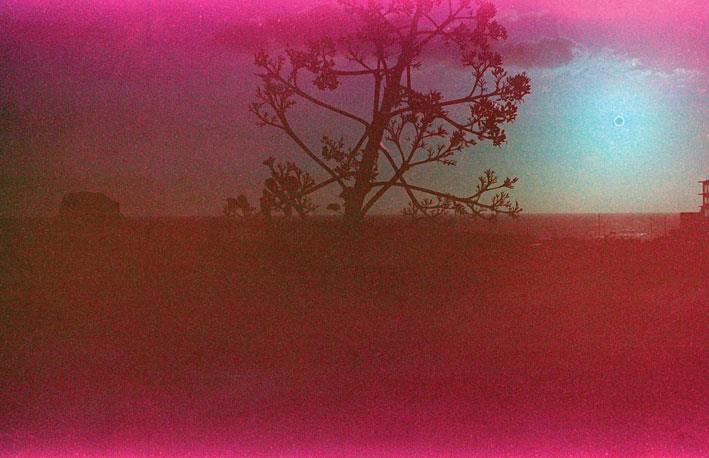
And now to the juicy little works - tastefully set up on their own wall, aptly designed by Sasha and Matthew Attard where they playfully combined lines caused by damage to lines of dreamy horizons. The wall is like a little "cabinet of curiosities" showing gems of alluring and dazzling flaws, each in its particular beautiful way.
The scenes are mostly from Gozo and all places have a special meaning for Sasha. All the photos exhibit a hint of nostalgia and a patina of a bygone era. Hondoq III shows a snippet of the sea and the typical ladder on the rocky shore. The pattern created by chance looks very much like a foam bubble which usually is noticed as floating foam layers on the seawater surface. It's so fit to the subject that it could be a planned superimposition of two photos from the same location. On the other hand, Xwejni shows a dark silhouette of an imposing tree ruling over a "fuchsia" world, with the sun reduced to a little meager circle outline.
Two particular small works, First of the Roll - Agave I and First of the Roll - Tree, really stick out due to half the photo displaying an immaculate white section and the other half displaying a leaning Agave tree with a dark greenish sky background and the other a snippet of a large tree trunk and leaves. This resulted from both being the first photos taken via their respective film, where the proper film was not set in position when the photo was taken. Another "first of the roll" shows a different result, First of the roll - Agave II, shows a few examples of this kind of plant, (so associated with Sasha), with a backdrop of a skyline and a duplicated horizon created through a surreal red glowing line accompanied by two dark red shapes almost like two beacons on this imaginary alternate horizon.
Last but not least, maybe the most surreal of the presented works is The Grandeur of Softness. The work shows an immense cloud behind a silhouette of pristine reddish countryside. The film provided an evident yet still soft granularity throughout the whole photo, making the cloud appear almost in 3D and so inviting to have its softness caressed.
The exhibition is being held at il-Kamra ta' Fuq until 15 August. Follow il-Kamra ta' Fuq on Facebook for more info.